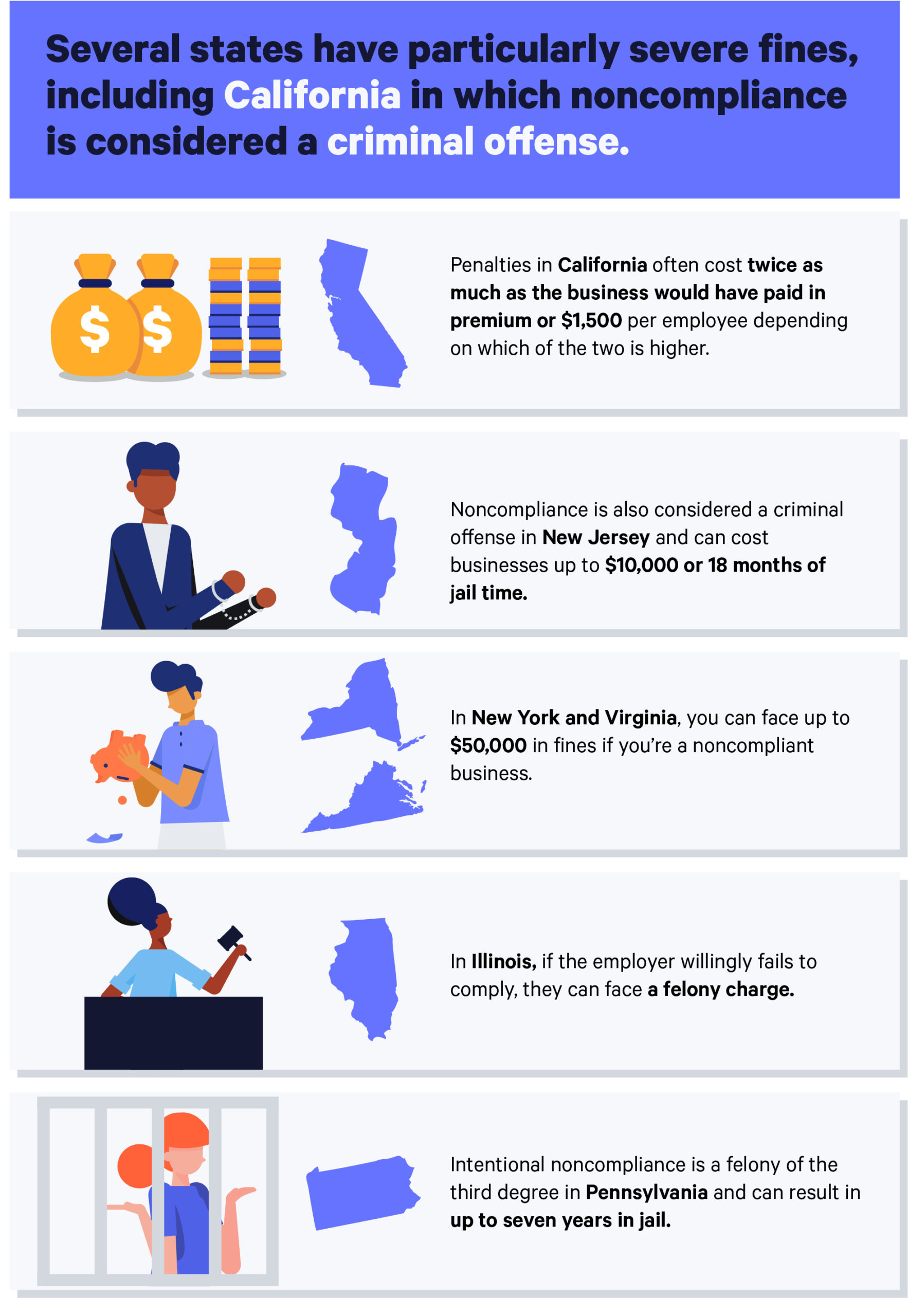Understanding Receivable Loans: A Comprehensive Guide to Financing Your Business
Guide or Summary:Receivable Loans are financial products that allow businesses to borrow money based on the amount they are owed by their customers. This ty……
Guide or Summary:
#### What are Receivable Loans?
Receivable Loans are financial products that allow businesses to borrow money based on the amount they are owed by their customers. This type of financing can be crucial for companies looking to improve cash flow, manage expenses, and invest in growth opportunities without waiting for customers to pay their invoices.
#### How Receivable Loans Work
When a business opts for receivable loans, it essentially uses its accounts receivable as collateral to secure funding. Lenders will evaluate the business’s outstanding invoices and provide a percentage of the total amount owed, typically ranging from 70% to 90%. This allows businesses to access cash quickly, which can be especially beneficial for those facing cash flow challenges.
#### Benefits of Receivable Loans

One of the main advantages of receivable loans is the speed of access to funds. Traditional loans can take weeks or even months to process, while receivable loans can often be approved and funded within a few days. This quick turnaround is essential for businesses that need immediate cash to cover operational costs or seize new opportunities.
Another benefit is that receivable loans do not require businesses to give up equity or ownership stakes. This means that business owners can retain control of their company while still obtaining the necessary funds to grow. Furthermore, since the loan is secured by accounts receivable, lenders may be more willing to offer favorable terms compared to unsecured loans.
#### Who Can Benefit from Receivable Loans?
Many types of businesses can take advantage of receivable loans. Small to medium-sized enterprises (SMEs) that experience delays in customer payments often find this financing option particularly useful. Industries such as manufacturing, wholesale trade, and service providers that issue invoices can all benefit from improved cash flow through receivable loans.

#### Risks and Considerations
While receivable loans offer numerous benefits, they are not without risks. Businesses must ensure that they can manage their cash flow effectively to repay the loan. If a business fails to collect on its receivables, it may struggle to repay the loan, leading to potential financial issues.
Additionally, businesses should be aware of the fees and interest rates associated with receivable loans. These can vary significantly between lenders, so it is crucial to shop around and compare options. Understanding the terms and conditions of the loan agreement is essential to avoid unexpected costs.
#### Conclusion

In conclusion, receivable loans can be a powerful tool for businesses seeking to enhance their cash flow and finance growth. By leveraging outstanding invoices, companies can access the funds they need quickly and efficiently. However, it is essential for business owners to weigh the benefits against the potential risks and costs associated with this type of financing. With careful consideration and planning, receivable loans can help businesses thrive in a competitive marketplace.